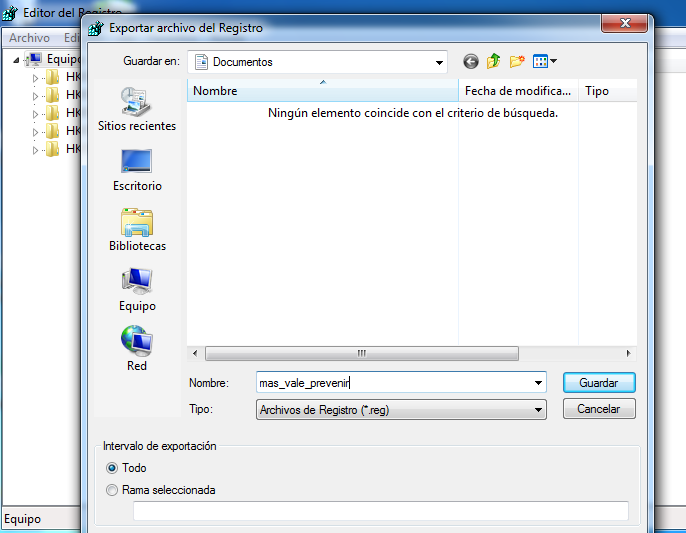

CONCLUSIONS Our findings support those from previous studies. In A-2, patients in the High-TAC group had higher median potassium (4.6 mmol/L vs 4.4 mmol/L, P=0.0005) and prevalence of hyperkalemia (22.46% vs 12.30%, P=0.0056). RESULTS In A-1, patients on tacrolimus had higher median potassium (4.7 mmol/L vs 4.1 mmol/L, P<0.0001) and prevalence of hyperkalemia (32.04% vs 5.83%, P<0.0001). The second analysis (A-2) included 187 heart or lung transplant recipients and compared potassium levels and prevalence of hyperkalemia at day 30 after transplant during higher tacrolimus exposure (High-TAC) vs day 300 during lower tacrolimus exposure (Low-TAC). The first analysis (A-1) comprised 103 lung transplant patients' assessed potassium levels and prevalence of hyperkalemia in the absence of tacrolimus before transplant versus 30 days after transplant on tacrolimus. MATERIAL AND METHODS This retrospective study identified allograft recipients who underwent heart or lung transplantation from January 2013 to December 2019 at Ochsner Health in New Orleans, USA. In 2 separate analyses, the aim of this study was to investigate if the presence and/or magnitude of exposure to tacrolimus increased potassium levels in heart or lung transplant recipients. Other studies have concluded that hyperkalemia correlates with tacrolimus therapy, though the impact is poorly understood. Heart transplantation remains an excellent treatment for selected patients with end-stage heart failure and long-term outcome has improved significantly over the past decades.īACKGROUND Tacrolimus, a calcineurin inhibitor, is the cornerstone of immunosuppressive strategies in transplantation. Survival probability by Kaplan–Meier method improved significantly from the mid to the recent era (log-rank p =. Median survival conditional on survival to 1-year follow-up after HTx was 16.1 years. Median survival for the whole cohort was 13.8 years and improved numerically from the early era (12.6 years) to the mid era (14.9 years). Overall, 22% of patients were bridged to HTx with a mechanical circulatory support device. Median number of HTx procedures per year was 12 (10–14). A total of 384 recipients (77% men, median age 50 ) were included. Recipients were grouped by time of transplantation (early era: 1990–1999 mid era: 2000–2009 recent era: 2010–2020). Data were obtained from the Scandinavian Transplant Registry and patient medical records. Consecutive adult patients receiving first-time and isolated HTx from October 3, 1990, to November 2, 2020, at Rigshospitalet, Copenhagen, Denmark, were retrospectively evaluated. The aim of this study was to report on long-term outcome over the past three decades. Heart transplantation (HTx) has become an established treatment option in patients with end-stage heart failure.


 0 kommentar(er)
0 kommentar(er)
